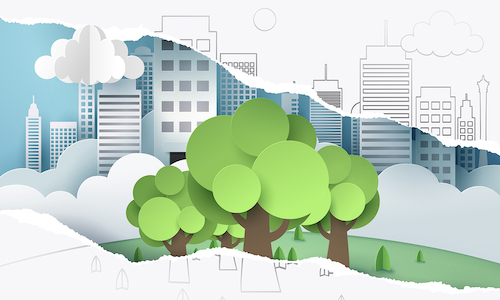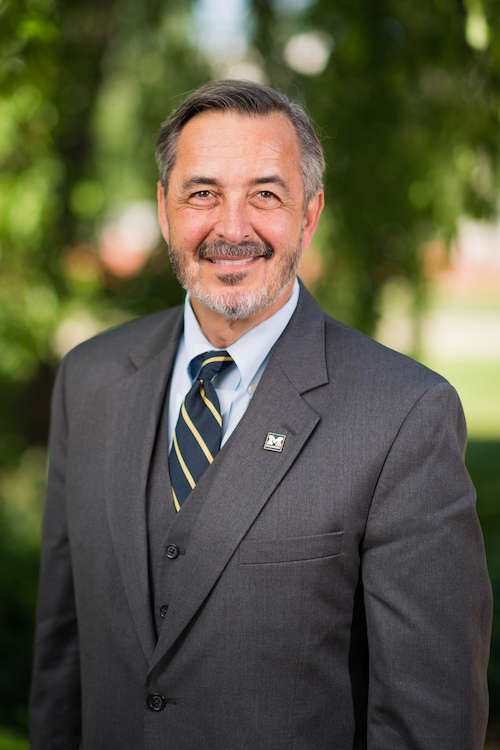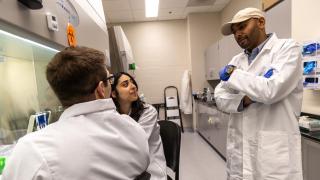
Over the next several decades as the global population grows, society will be faced with pressing challenges such as providing reliable supplies of food and water, diminishing climate change and adapting to its impacts, and building healthy, resilient cities. These challenges call for new and expanded roles for environmental engineers, says a new report by the National Academies of Sciences, Engineering, and Medicine. To address the challenges, the report recommends that the environmental engineering field evolve its education, research, and practice to advance practical, impactful solutions for society’s multifaceted, vexing problems.
Environmental engineers design systems and solutions where humans and the environment intersect. The report notes that environmental engineers were instrumental in mitigating cholera and other once-prevalent waterborne diseases and in pulling the U.S. and other countries out of the depths of environmental crises such as urban smog and the massive environmental disaster at Love Canal. In early years, work focused on providing clean water and treating wastewater, drawing upon the field’s roots in sanitation system design and public health protection. More recently, the field has expanded to address air pollution, hazardous waste, contaminated soil, and emerging contaminants and has involved activities such as green manufacturing and sustainable urban design.
However, the report points out, pollution and waterborne disease persist around the globe, and billions of people suffer from inadequate access to clean water, food, sanitation, and energy. Meanwhile, human pressures on the environment are accelerating. By 2050, the world’s population is anticipated to increase by 2.6 billion people, and climate change and increasing urbanization are putting new pressures on the environment and existing infrastructure.
The five grand challenges identified in the report that environmental engineers are uniquely poised to help advance are:
- Sustainably supply food, water, and energy
- Curb climate change and adapt to its impacts
- Design a future without pollution and waste
- Create efficient, healthy, and resilient cities
- Foster informed decisions and actions





